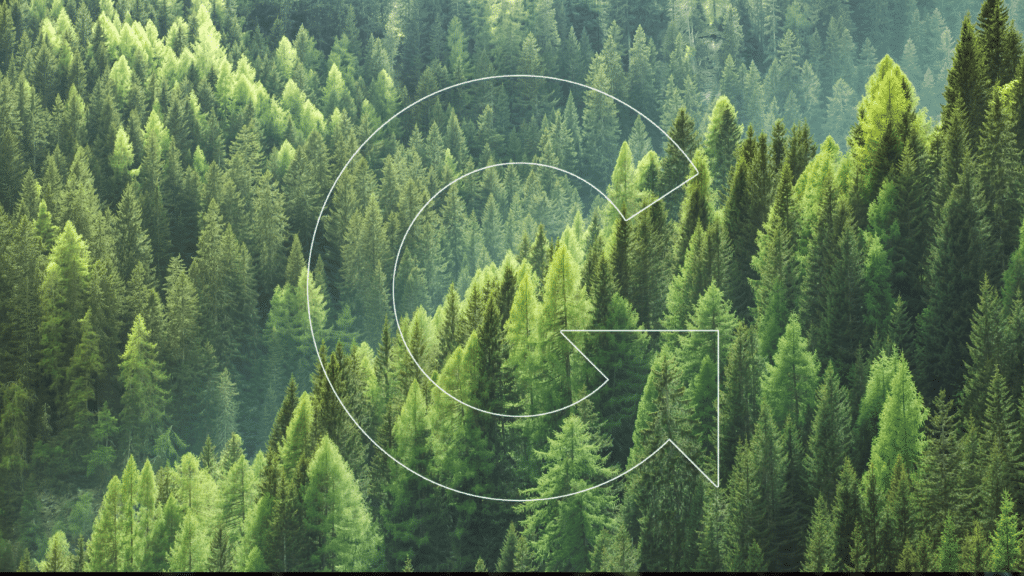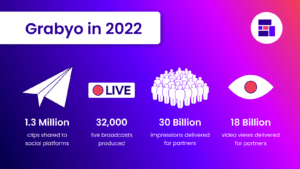The sustainability of video production: Where are we going?
As the broadcast and media industry strives towards more sustainable and eco-friendly ways of working, we wanted to explore the current impact of our industry and what we can do to improve.
Albert, the Bafta-backed environmental organization, estimates that every hour of TV production generates 9.2 tonnes of CO2, and each tonne of CO2 results in the loss of 3sqm of sea ice.
The average film that has a budget of more than $70m generates 2,840 tonnes of CO2. For context, this could take you to the moon and back six times.
However, with this issue front of mind for many of us, change is looking positive. In 2020, Albert calculated a 52% reduction in C02 output from TV compared to 2019.
This improvement was likely due in part to the forced remote, cloud-based working environments during the COVID-19 pandemic. Albert calculates that travel and accommodation nearly always have the most significant impact on a production carbon footprint.

We also saw a reduced amount of OB trucks at events and less energy was needed to power studios.
By adopting cloud-based technologies, production teams reduced their carbon footprint in several ways.
Cloud-based solutions remove the need to deliver live video from fixed locations, as the production can be accessed remotely through a browser, greatly reducing the travel needed for production crew, but also talent. Anyone can contribute to a broadcast from anywhere in the world, without the need to be on-site.
Developments to cloud technology have also removed the trade-off in quality for flexibility. Broadcast-grade tools such as multiviewers, audio mixers and control rooms are now easily accessible via the cloud.
Of course, production workflows are never a one-size-fits-all. The need for moving equipment to the site can be reduced, if not removed, by adapting to a hybrid workflow, using cloud-based mixing and control rooms to manage and deliver content.
Working in the cloud also has benefits to the workforce, and carbon footprint of individuals, the flexibility and reliability of working remotely allows your crew a better work-life balance with less commuting.
Many companies are already committing to carbon-efficient workflows, with YouTube committing to be entirely carbon-free by 2030, Amazon committing to net carbon zero by 2040, and Sky by 2030. Netflix has also looked to offset its energy consumption by matching it with renewable energy certificates and carbon offsets.
Recently all UK broadcasters signed up to request carbon footprint details as part of the production process.
Cloud-based solutions are just one of the ways that the industry has started to tackle its impact on the environment. Albert is helping the industry move towards zero carbon by providing tools and training. Platforms, such as BBC, ITV, Channel 4, UKTV, Sky, TG4, and Netflix, have enforced the use of their bespoke calculator to calculate their respective carbon footprint.
Further advances must be made, with some of the critical issues that still hold back the industry in reaching carbon neutrality. Phil Holdgate, head of production sustainability at ITV Studios, recently said that 90% of emissions sit in production teams’ supply chains. This is an avenue that studios must combat if they are to make their carbon goals.
While cloud video production does not bring the media supply chain to a carbon-neutral state, it will likely play a key role in aiding production companies, rights holders and publishers to reduce their own impact on the environment where they can, and help to meet the promises of carbon neutrality in the next few decades.
For more information on how Grabyo can help to bolster your digital content capabilities, get in touch.
Related blogs
Stay in touch.
Join over 10,000 media professionals and register to receive our monthly newsletter directly to your inbox!

















































